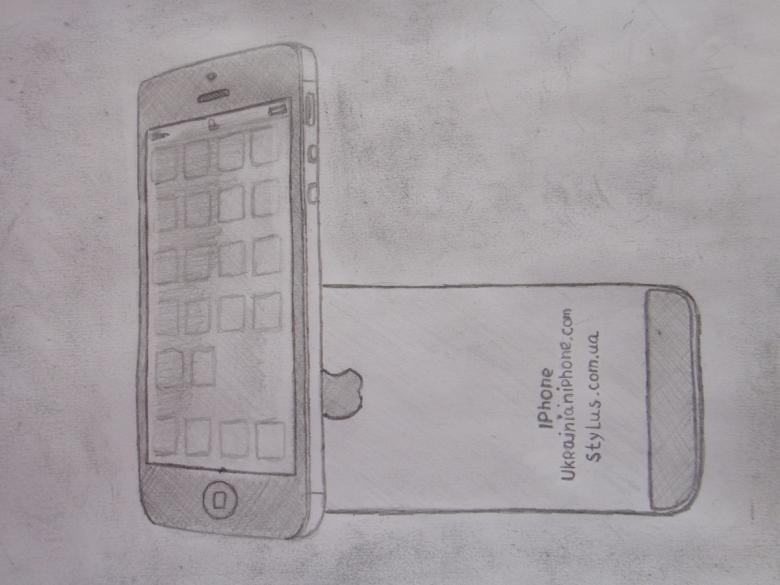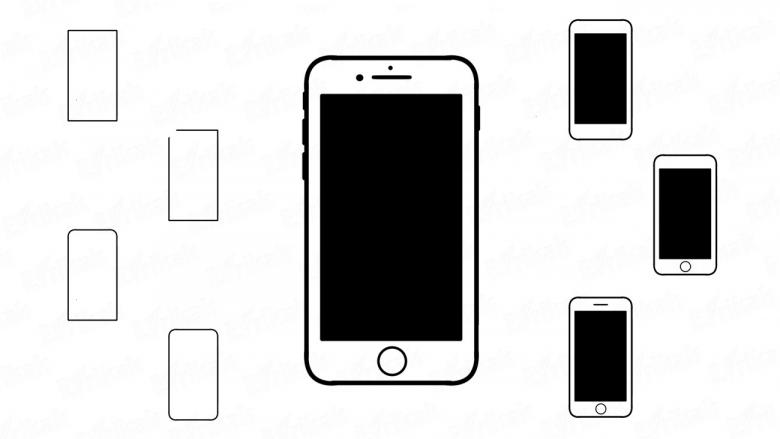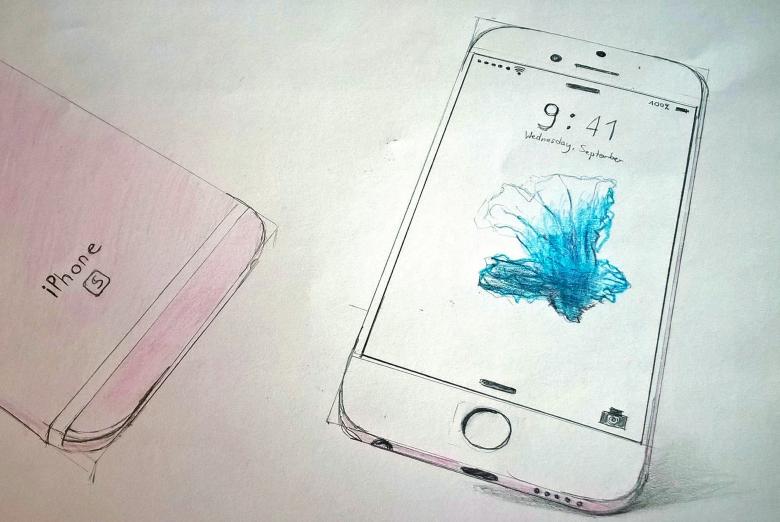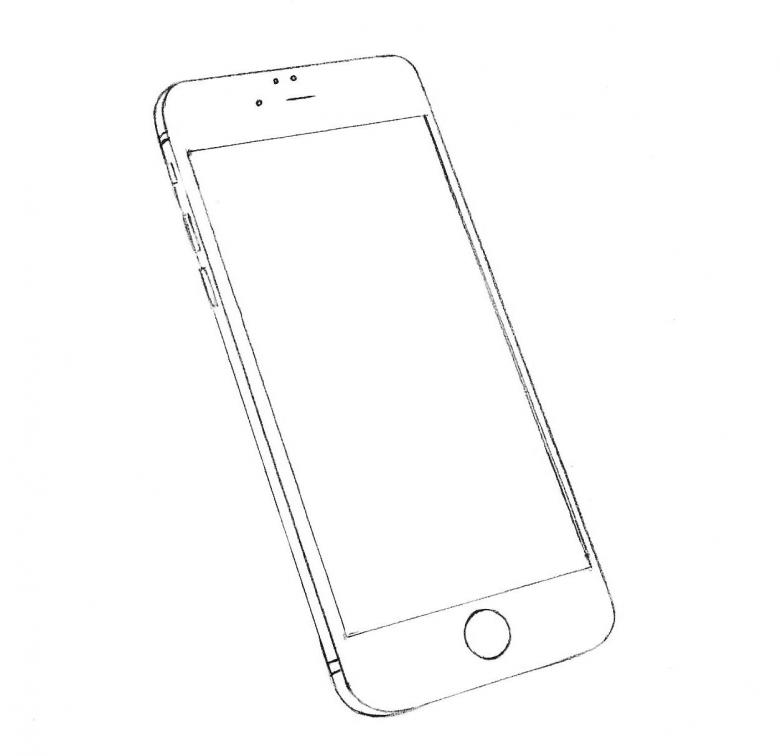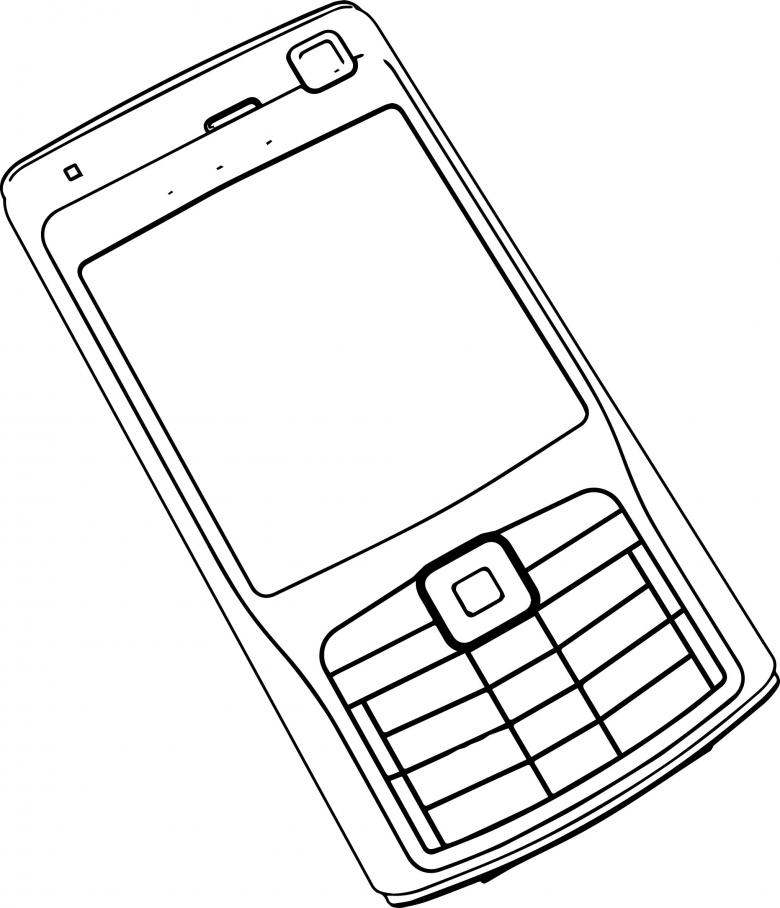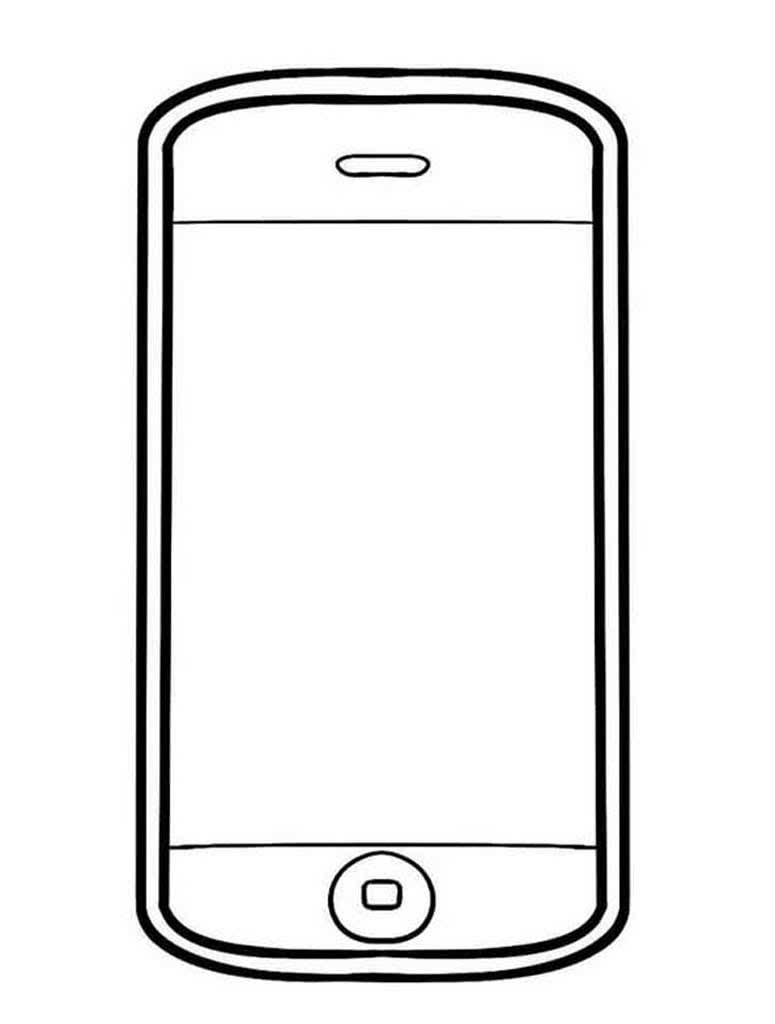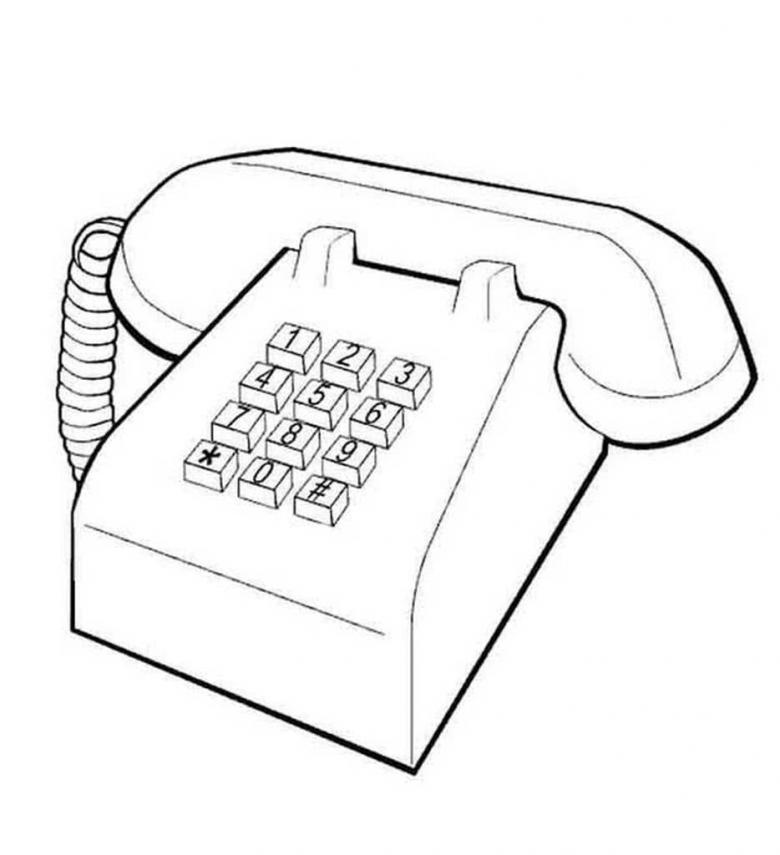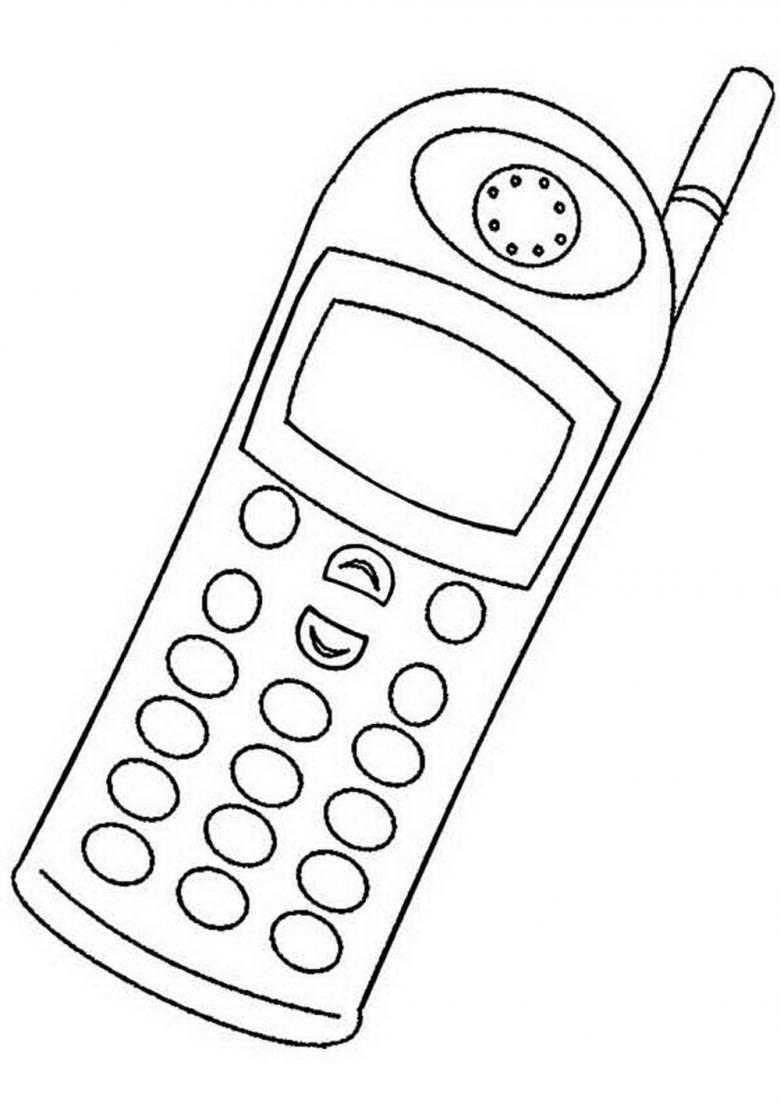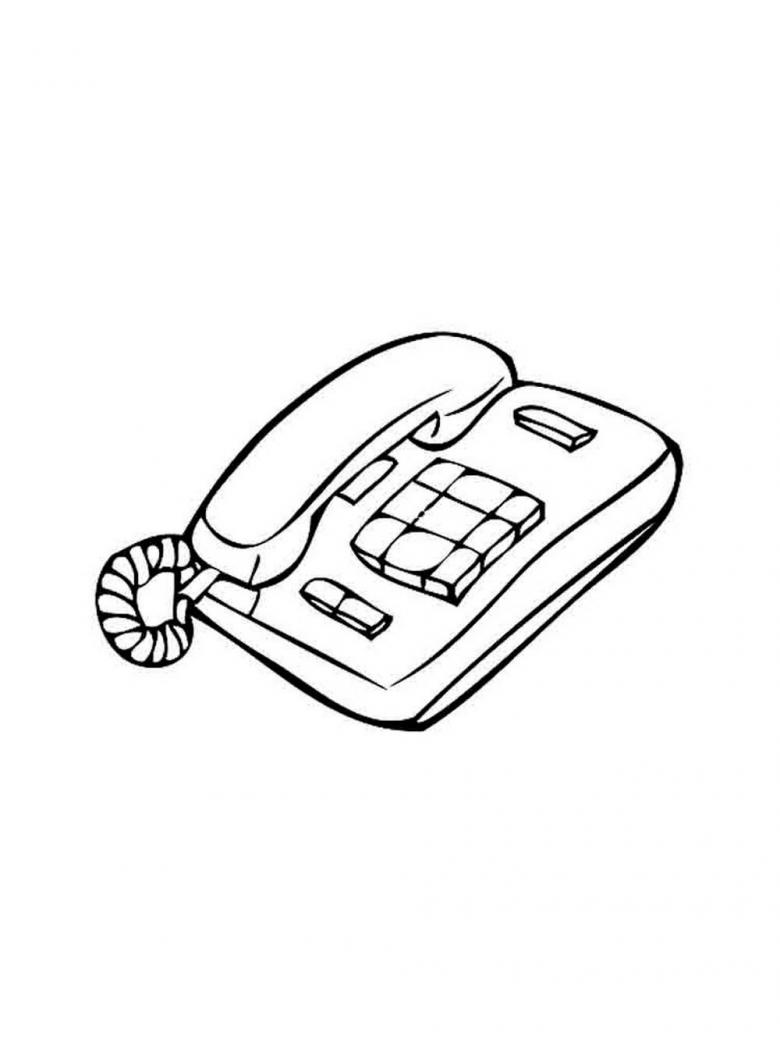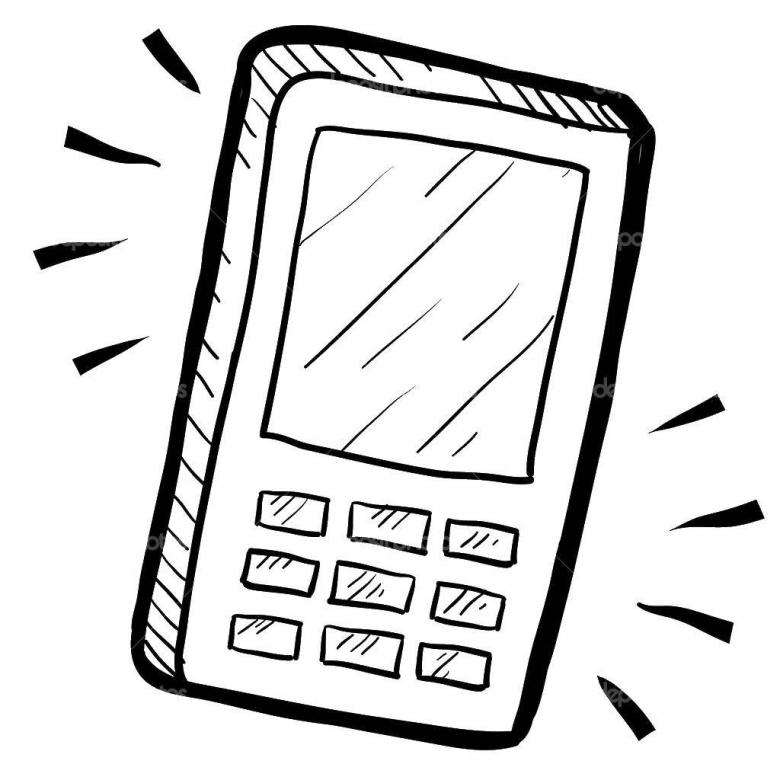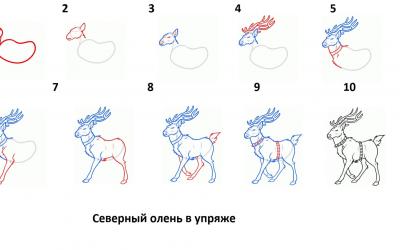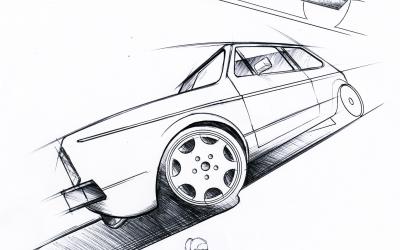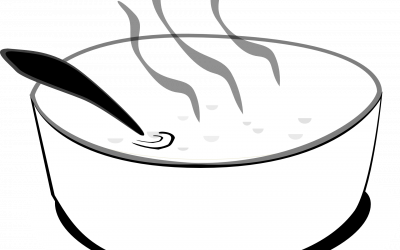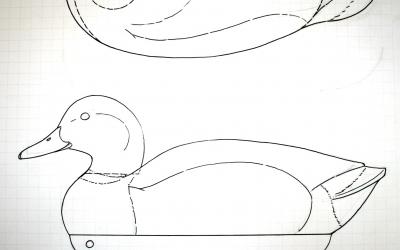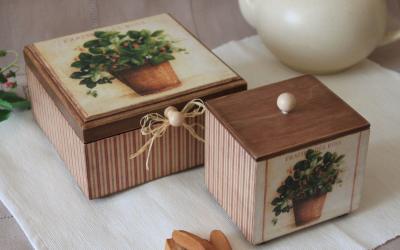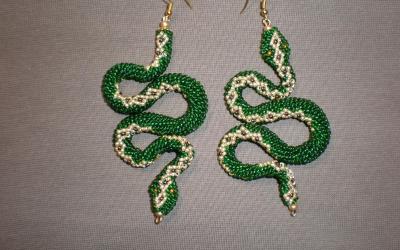How to draw a telephone for beginners: a detailed description of how to draw a telephone
With a simple pencil, even an untrained person can easily draw a phone. Adults can teach the correct drawing technique to a child. Such activities are good for developing fine motor skills, a sense of form, spatial imagination and help to master drawing skills.
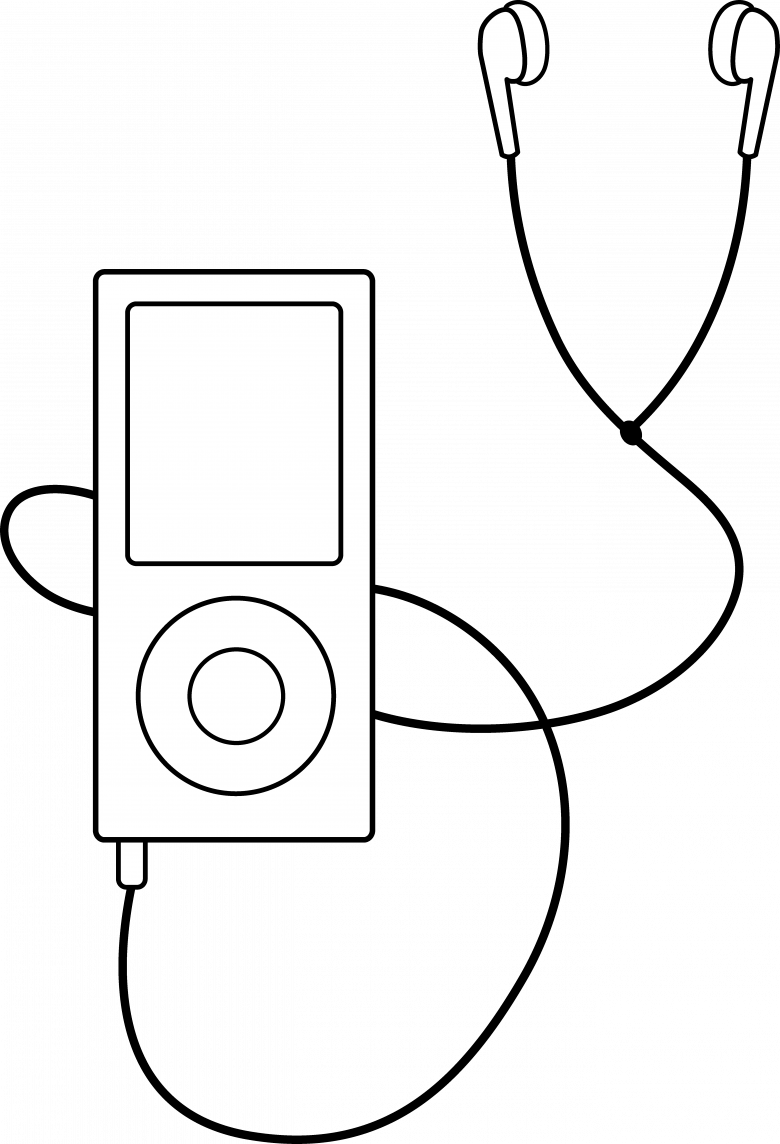
The presented master class will explain in detail how such a drawing should be started step by step. The phone has become an everyday reality of every person. Almost no one can do without it today. Children really like smartphones and iPhones, so it will be interesting for them to learn how to draw still lifes with phones.

For a preschool-aged child in a home drawing lesson, parents can offer their smartphone or iPhone as a nature, explaining how to start drawing and continue drawing step by step.
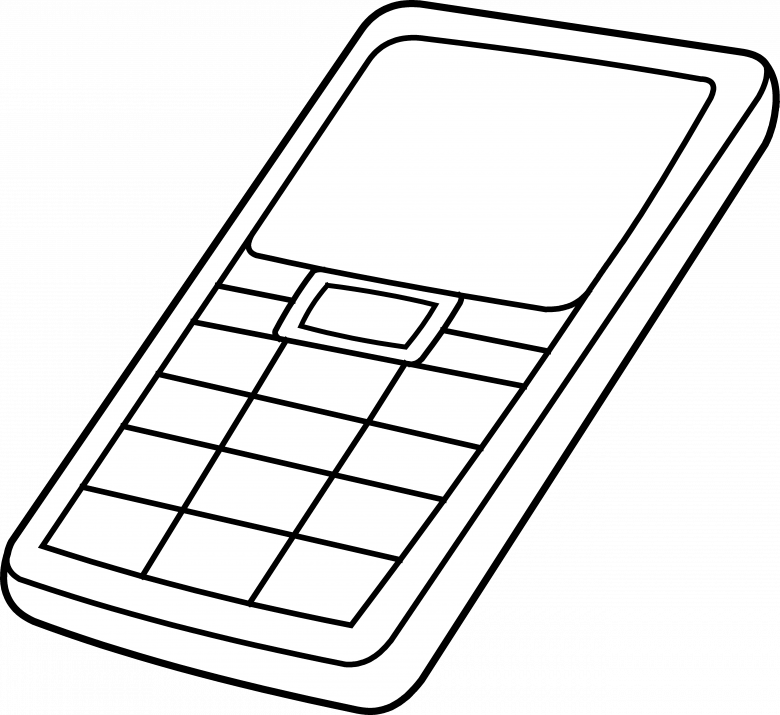
School-age children should be offered stationary models of phones that require drawing more details. The technique of drawing with a simple pencil, which is widely used by professional artists, should be mastered with simple objects that have clear geometric shapes.

For work you will need to take:
- a simple pencil;
- an eraser for drawing;
- a stick for rubbing strokes;
- drawing paper with a medium-grained surface for correct overlapping of pencil strokes;
- well-sharpened lead pencils of different hardness and softness.

Tip! If you can not find a special stick, you can use ordinary cotton sticks, or a rolled up cone of a small piece of cotton paper.
How to draw a cell phone
The lesson of drawing a cell phone should begin with the development of a sketch. To do this, a drawing layout is created, which will help to correctly position the image of a smartphone or iPhone on paper. If a still life is drawn, the composition should be proportional. A simple image of a familiar household device is very easy to draw:
- On the paper you should draw a thin line in the middle of the sheet a vertical axis, and in the middle of it a horizontal line.
- After that a rectangle is drawn on this axis with a thin line. Sketches should be done with thin strokes, so you can then easily erase auxiliary lines without leaving traces on the paper. To create thin lines, a hard simple pencil is used. You don't have to exert any effort when working with it.
- A cell phone should be placed in front of the child so that he or she can create an image of a particular model with a specific button arrangement.
- First, the contours of the phone are created using a vertically placed rectangle.
- Then the corners are carefully rounded, and the outline of the screen inside the rectangle is created.
- After that, round buttons are drawn at the bottom and a narrow strip of speaker at the top. One side should be drawn with a parallel line, creating the desired thickness of the device. The image of the cell phone is ready.
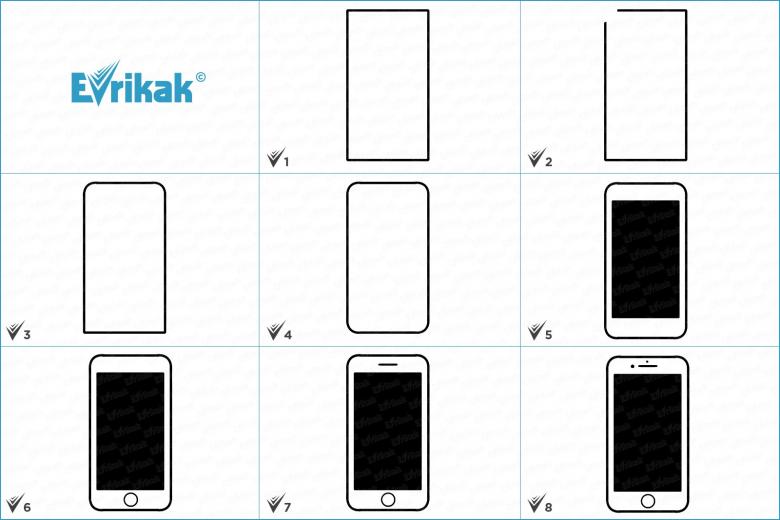
Since cell phones are all flat, it's easy to draw them. The drawing turns out similar to the outlines in coloring books. To make the picture more realistic, you need to paint it, using dim colors.

How to Draw a Landline Phone with a Handset and Keys
Not every home has a landline with a handset, so you need to prepare a picture for the child to draw from. For convenience, it is better to take models with clear shapes, having found a suitable picture on the Internet.

The lesson of drawing a landline phone includes several steps:
First, the sheet is marked out and the outline of the apparatus is created. To do this, you need to draw a square on the created layout. The square should have the left and bottom sides slightly curved inward. Then you create the contours of the keyboard set and the tube.

The bottom end is drawn using the image of a narrow trapezoid with rounded corners. On the part of the body where the buttons are located, you need to draw three rectangles on top of each other.The contour of the tube is created by using a slightly curved outward straight lines, which are connected at the top and bottom with small arcs.

The speaker and microphone, located at different ends of the tube, are depicted as an irregular volumetric square with rounded surfaces. It is necessary to draw such parts according to the principle of creating three-dimensional geometric shapes, observing the proportions. To do this, on the right side of the tube from its each end draw two short lines, which are connected by straight lines from below. At the end of the tube to draw a truncated trapezoid with slightly curved sides.

On the outer side of the tube from the upper end two short arcs are drawn. At the bottom edge there is one. It should give volume to the created truncated trapezoid.All elements of the tube are outlined with a clear contour. From its lower end should come out a wire. To do this, you need to outline a small circle and draw two wavy lines running parallel to each other from the tube to the body of the device.Draw a tightly curled wire from the tube itself to the body.

Draw three blocks on the body. On the upper one, draw a scoreboard inside a rectangle and two buttons. The middle one has two buttons on each side, arranged vertically, one rectangle is larger, and the second one, located inside it is narrow and long. Place three narrow buttons at the bottom of the middle block. On the last block to draw a few rows of buttons, drawing three-dimensional cubes.
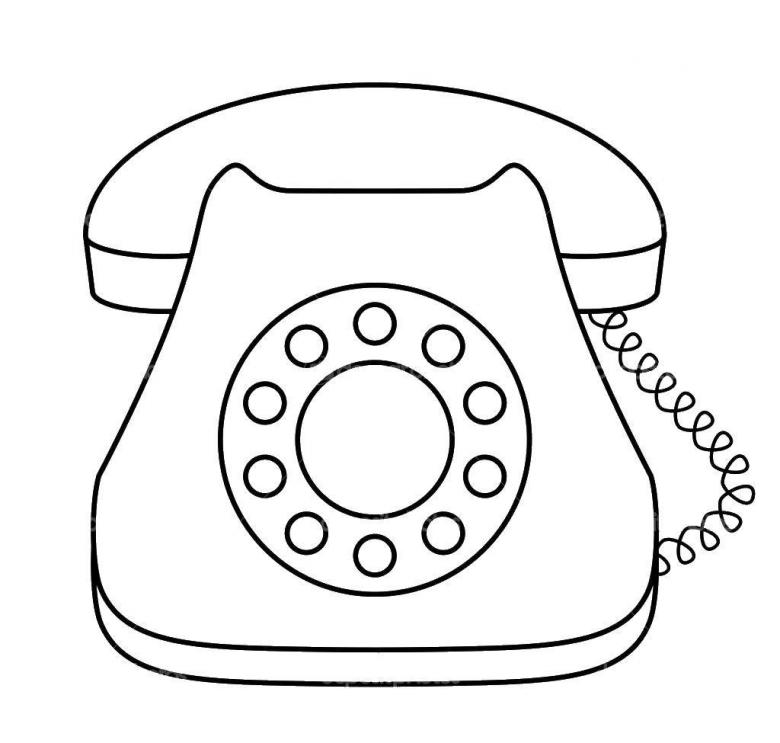
With shading, depict the shadow, which will give the image three-dimensional. Particularly carefully the penumbra and shadows are worked out on the cord, which in its upper part should be well illuminated. The penumbra begins with light strokes in the middle of the cord, then passes into the shadows. The strokes should be shaded with a stick or paper bent with a cone so that the light penumbra passes smoothly into the shadow.If you follow the instructions, you can quickly master the technique of drawing household items of various shapes.

Using the phone to draw
In modern iPhones and smartphones running on android software, you can install a special application with which you can also draw cute and simple drawings. The program offers a large set of tools with which to perform all the steps of conventional drawing.


